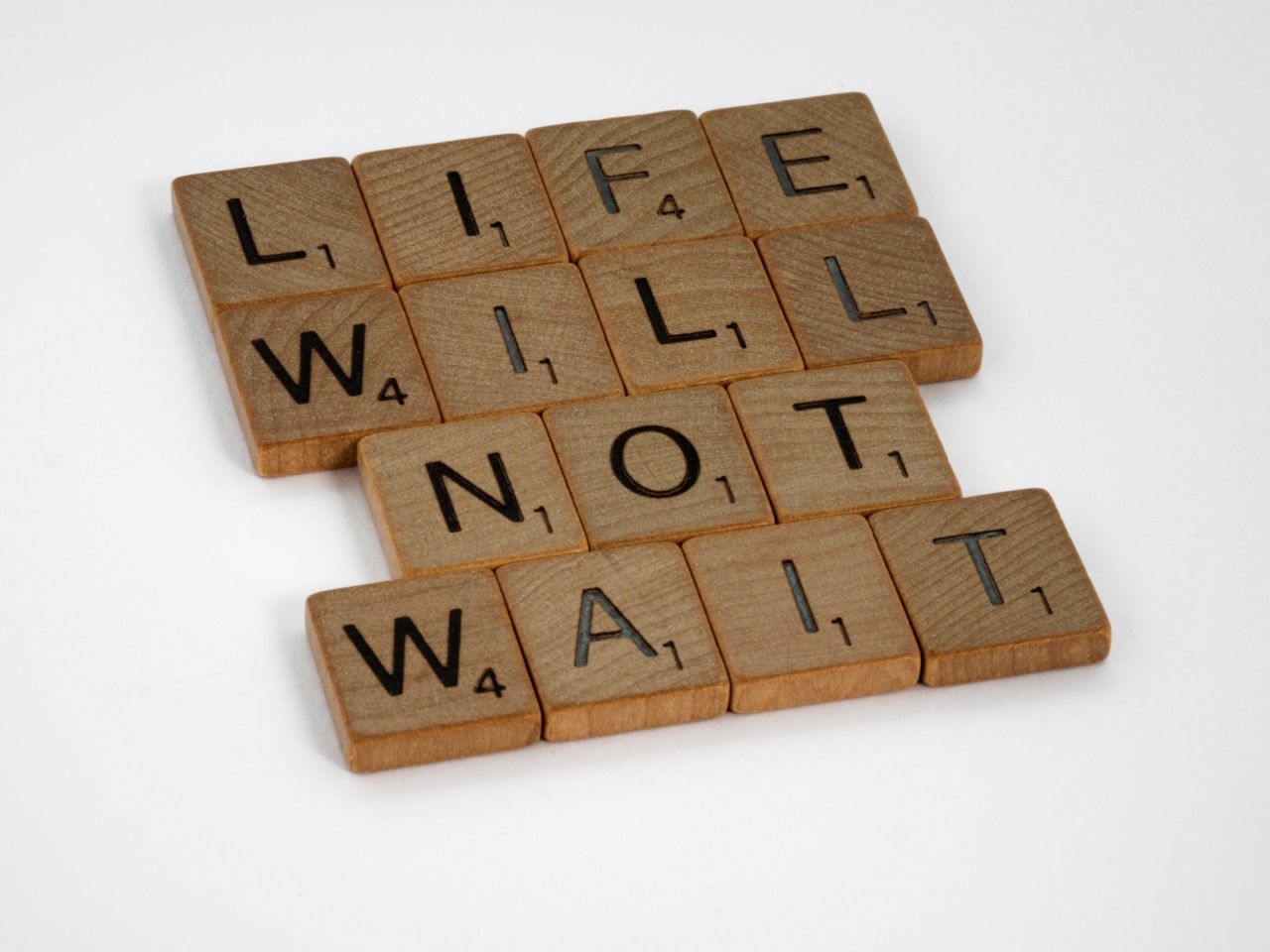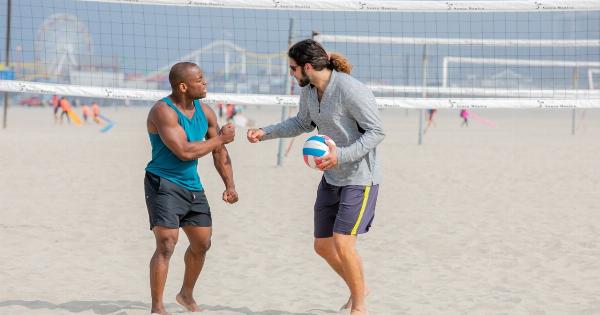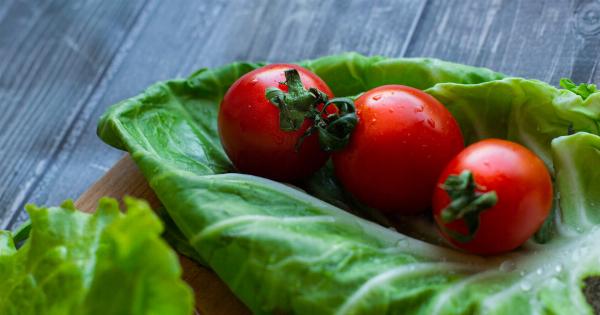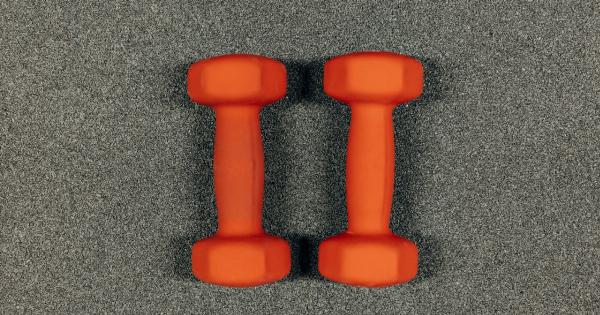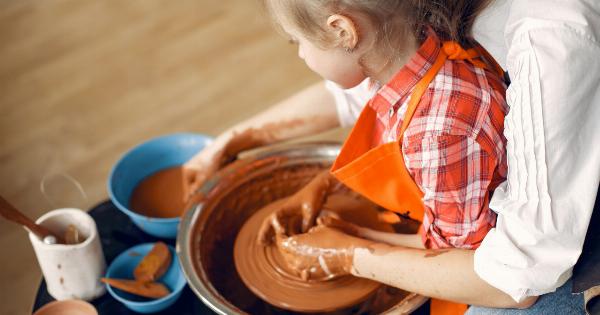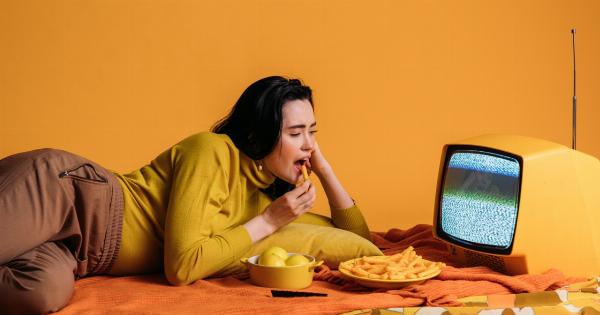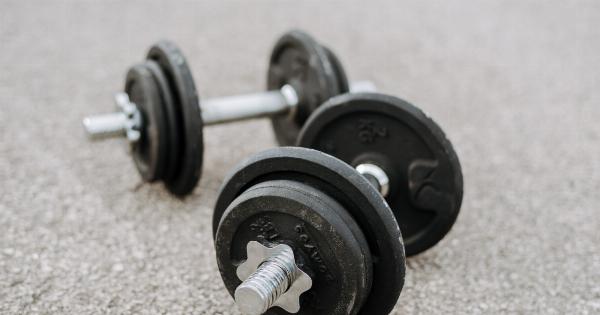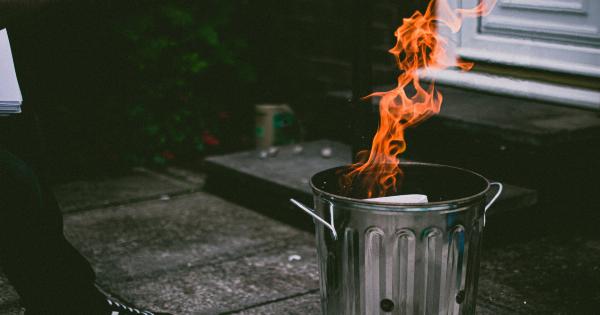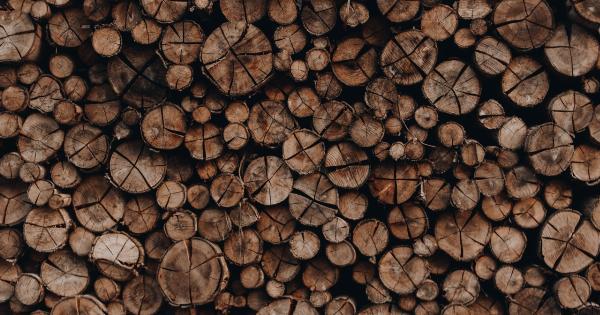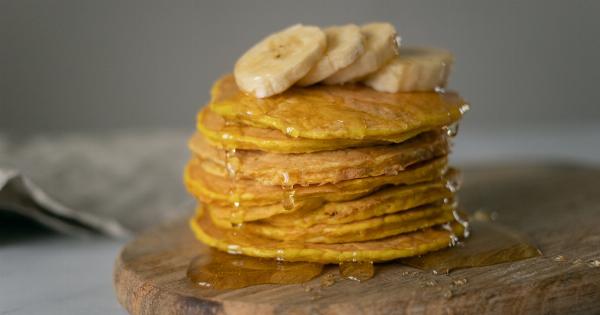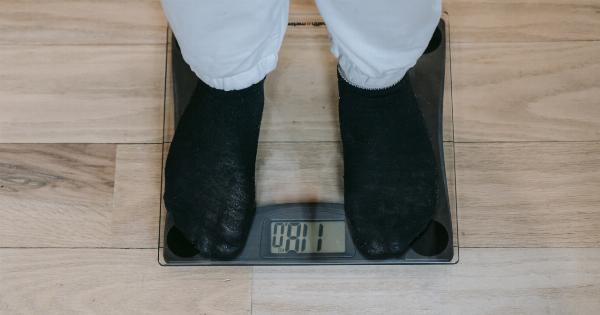When it comes to getting the physique you want, it’s all about training and nutrition. While weightlifting and cardio can help you bulk up and trim down, your diet plays a crucial role in shaping your body too.
Unfortunately, some common diet mistakes can be working against your goals, causing you to lose muscle mass and reduce the size of your chest. Check out these two diet mistakes that make your chest smaller and learn how to avoid them.
Mistake 1: Not Eating Enough Protein
Protein is the building block of muscle. If you’re not getting enough protein, your muscle size and strength can suffer, leaving you with a smaller chest and weaker upper body.
According to the American College of Sports Medicine, active individuals need 1.2 to 2.0 grams of protein per kilogram of body weight per day.
While protein needs may vary based on your activity level, gender, and age, most people can benefit from getting more protein in their diet. Here are some high-protein foods to add to your meals:.
- Chicken breast
- Turkey breast
- Salmon
- Tuna
- Eggs
- Greek yogurt
- Cottage cheese
- Beans
- Lentils
Depending on your goals and preferences, you can also supplement your protein intake with protein shakes or bars. Look for products that contain at least 20 grams of protein per serving and minimal added sugars and artificial ingredients.
Mistake 2: Cutting Calories too Low
While creating a calorie deficit is necessary for weight loss, cutting your calories too low can backfire. When you don’t eat enough, your body goes into survival mode, slowing down your metabolism and breaking down muscle tissue for energy.
This can lead to a loss of muscle mass, especially in your chest, which can make it look smaller and flatter.
To avoid this problem, aim for a moderate calorie deficit of 250 to 500 calories per day to lose about 0.5 to 1 pound per week. This will help you maintain your muscle mass and keep your chest looking full and firm.
Additionally, make sure you’re getting enough carbs and healthy fats in your diet, as they provide energy and support optimal hormone function.
In Conclusion
If you want to build a bigger chest, make sure you’re not making these two diet mistakes. By prioritizing protein and avoiding extreme calorie restriction, you can preserve your muscle mass and achieve a lean, muscular physique.
